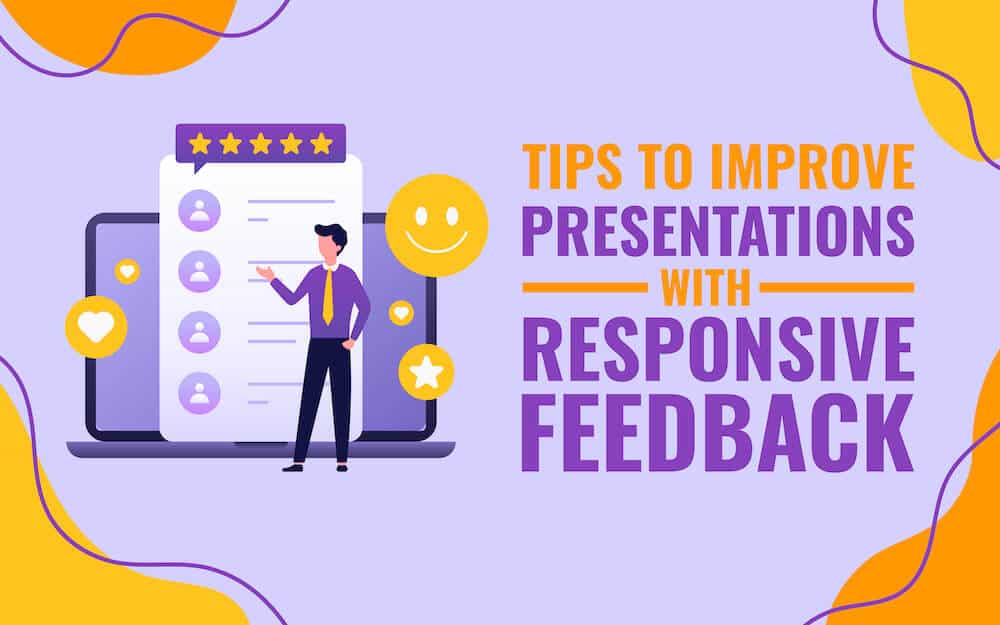
The number one speaking mistake that will kill your presentation is to deliver an address that is not relevant to your audience.
If you are invited to address an event and the organizer gives you basic information like topic, time and location, what do you say when they ask if there is anything else that you need?
If you want to kill your remarks with irrelevancy, you say “nothing.”
If you want to succeed, your answer is “tell me about the audience.”
You cannot succeed in public speaking if you don’t craft your message to resonate to your specific audience.
For example, your work may be fascinating and the reason you are in demand as a speaker, but if you can’t explain your work in relation to how it impacts your readers, your audience won’t care.
Never step on a stage without first gaining an understanding of who your audience is and what matters to them. What issues are they dealing with? What can you say that can add value to their lives?
Opening with a joke is courting a disaster
Once you know what matters to your audience, you can begin to craft your presentation. The first thing to avoid is starting it with a joke.
The problems with jokes is twofold. If you got them off the Internet or from a public speaker’s handbook, everyone has heard them. They just aren’t funny anymore. They send a message that your material is old and tired.
The second problem is that humor is a subjective thing. With an increasingly culturally diversified audience hearing your remarks as well, it is almost impossible to find a story of a joke that resonates with all members of your audience.
Avoid stories told as a narrative
If you decide to open instead with a short story that may depict yourself in a humorous situation, that can work but only if you have excellent skills as a storyteller, you keep it short, and you make yourself the subject of the joke, not someone else.
Most people tell stories like they were reading the news. Instead of narrating your story, tell it like an actor, with emphasis and dialogue.
The best presentations are a blend of the two.
Avoid profanity and putting other people down
These issues are actually related. Both indicate a lack of respect for your audience.
Imagine being in the audience in February of 2016 when Damien Cockrich gave this disturbing speech in which he challenged the great actor Daniel Day Lewis, who was actually sitting in the audience. You can view the speech here:
Always remember when you build yourself up at the expense of others, you let everyone down, including yourself.
In that same vein, don’t be boastful. Your audience knows there is something that distinguishes you or you wouldn’t be the one at the podium. Let them unveil it gradually and be delighted with your talent and eloquence, rather than reveal it all at once with a series of boastful claims.
Think before you speak
When you are on the stage and asked a question, an answer is definitely expected. But you can take a second or two to gather your thoughts, even if you have to stall by saying “That’s an interesting question: let me consider it for a second.”
When you open your mouth and let disconnected words fall out of it, your confusion is all the audience will remember.
An example of how bad it can get is this clip of the 2007 Miss South Carolina contestant at the Miss Teen USA pageant. You can see it here:
Focus on regulating your timing
The sixth mistake that can instantly kill your presentation is talking too fast.
If you have too much information to deliver in the time allotted, the answer is to edit your information, not to speak like a revved-up jet engine.
Use statistics sparingly
While we have all seen videos of professors who actually make statistics fun and entertaining, that is a unique skill that 99 percent of speaker do not have.
If you are just citing statistics to support your case, pick the best one or two and let it go at that.
Nothing kills your audience response faster than an endless drone of numbers and statistics. Nobody gets your point when they have dozed off.
Test your props before you go on stage with them
While the use of props is dubious as an aid to public speaking, there are times when they can be highly effective.
What kills your presentation is trying to use a prop that you have not thoroughly tested in advance.
Don’t read from your PowerPoint
Want to turn your audience off within the first 30 seconds of your presentation? Turn your back to them and start reading word for word from your PowerPoint.
There is no variation of this rule. You can’t make this work no matter who you are and how interesting your material is.
Don’t weaken your conclusion by lamely falling into a Q&A
If you have avoided all these pitfalls to killing your presentation, there is one final caveat as you wrap up your remarks.
Build to a strong and memorable conclusion.
If there is to be a question and answer session after your remarks, don’t suddenly break off with a lame “well, my time’s up, let’s move to a Q&A.”
Your audience deserves a stirring ending and will feel cheated and let down if you don’t deliver.
Let the chair come back on the stage and announce the Q&A. You go out on a high note!
For a final and very funny look at bad presentation skills, check out Ethan Rotman’s video here:



